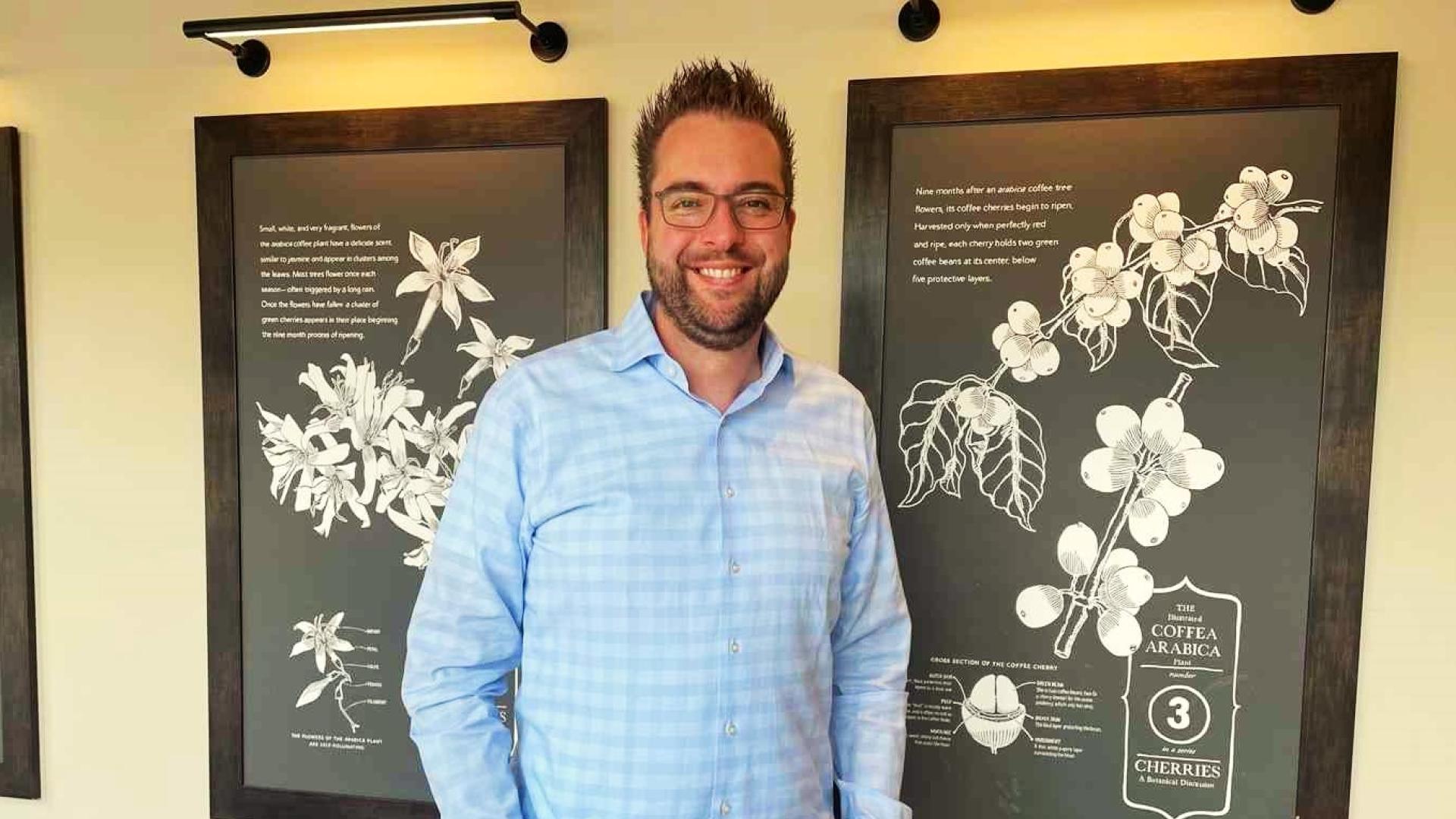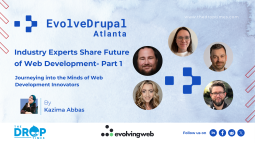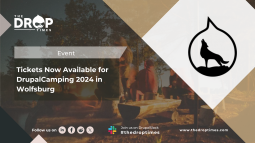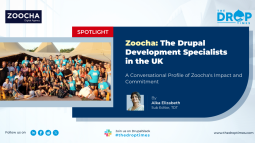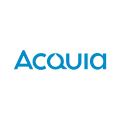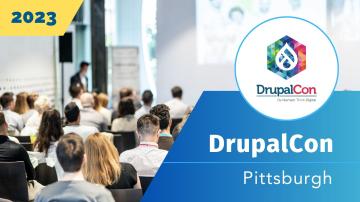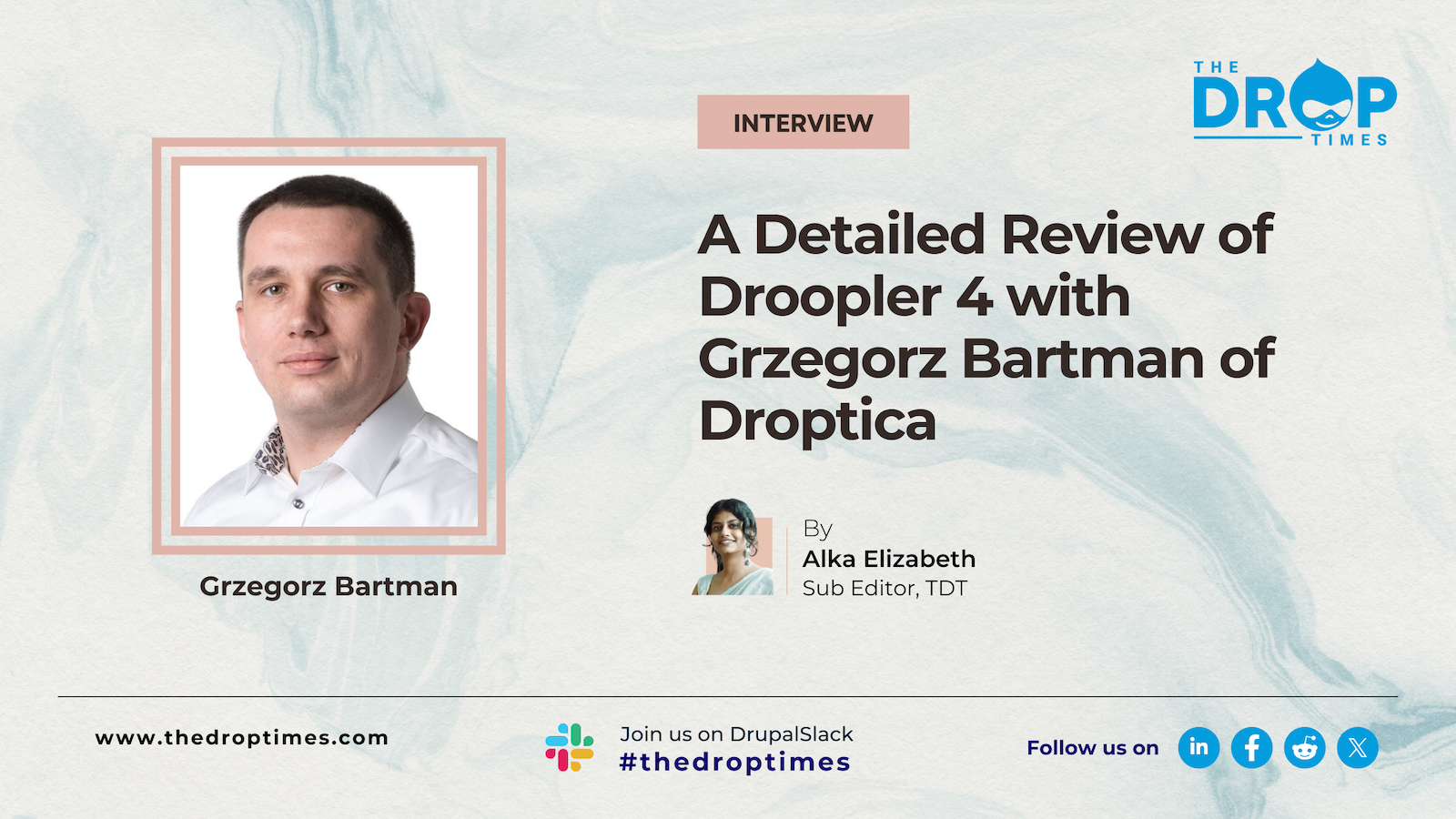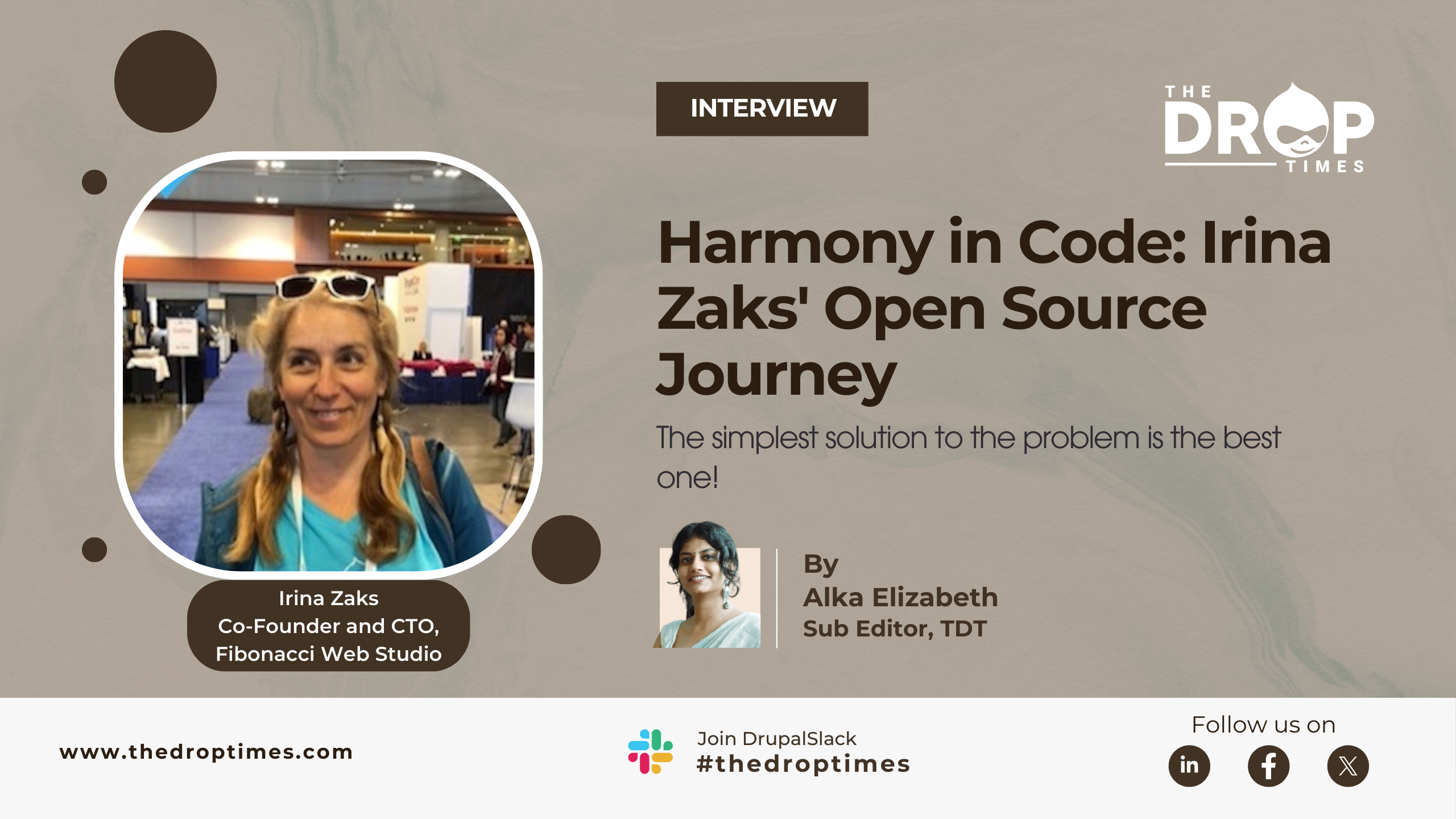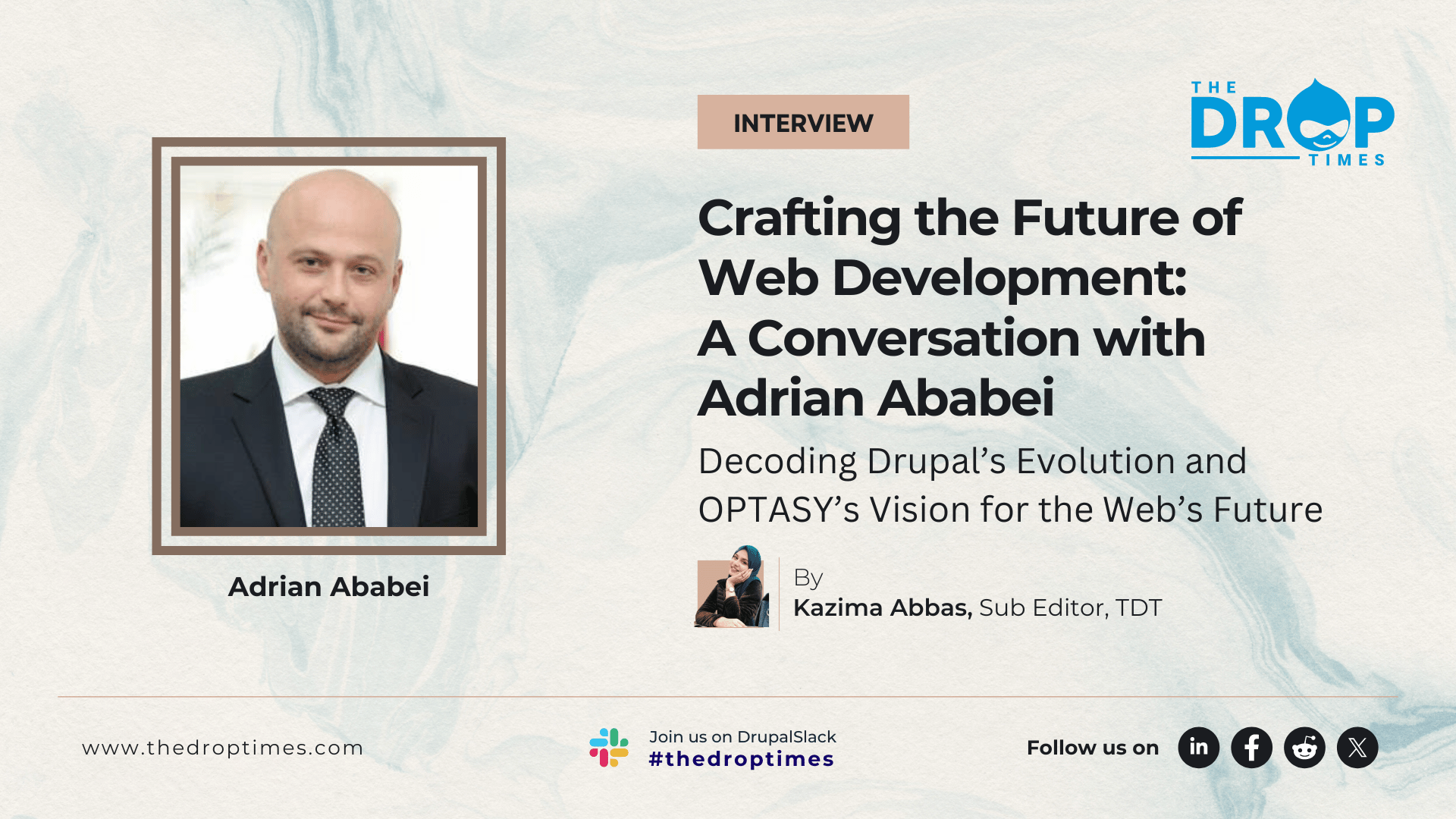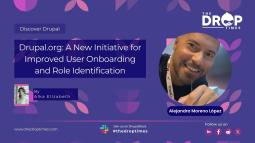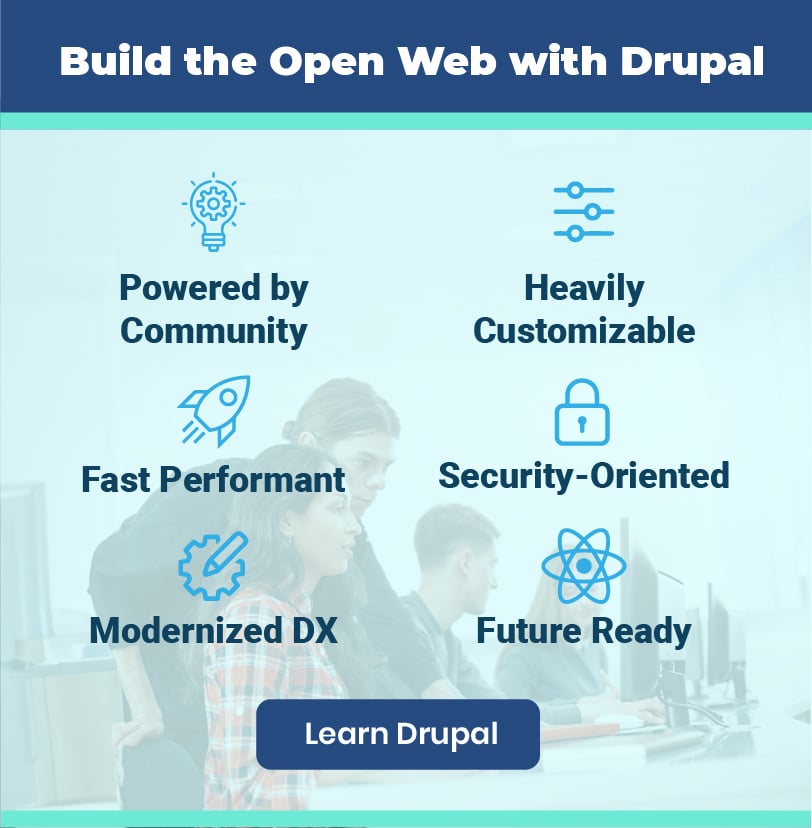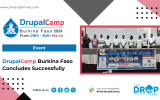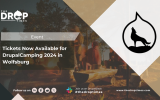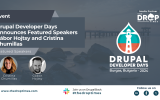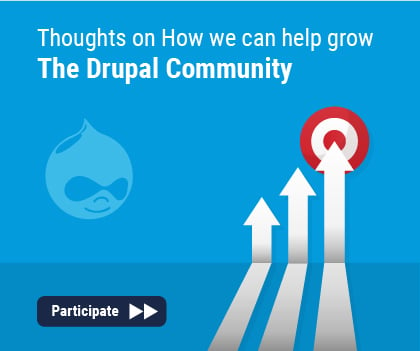Good Sleep, Superpowers, Open Source: An Interview with Dries Buytaert
“20 years ago, people were nervous to use open source. They wondered ‘how is that going to work?’ Built by people, they don’t work at a company, they’re just volunteering their time…”
It does seem improbable. The fear of investing in something that does not yet exist, like open source at that time, is similar to the fear that people are only motivated by profit. Or the fear that to expect a large population to voluntarily contribute enough time and energy, without pay, to build a reliable product is, at its worst, hopelessly idealistic.
But 22 years later, the open source community is alive and well. At DrupalCon Pittsburgh, 1,500 people gathered to celebrate and bond over one of its largest projects, Drupal.
Perhaps you are new to these concepts, and you just stumbled on this article. Drupal is an open source content management system (CMS) that allows users to build and manage websites. To be open source means the code is made and innovated by the public – owned by none. Open source software generally abides four freedoms: the right to run, study, modify, and share that product free of cost.
It is estimated that more than 1 million people are engaged with the Drupal community worldwide. The software has reached its 10th iteration, and there are biannual gatherings of this tribe in the sizes of 1,500-3,000 people. They have created more than 50,000 plug-ins, and Drupal accounts for 1 million live websites today, including 12.8% of the top sites on the Internet.
73% of the top media companies, 71% of the top universities, and the government agencies of more than 150 countries around the world have chosen to create their digital homes with Drupal software.
After DrupalCon 2023 came to a close, Dries Buytaert, founder and creator of Drupal, and the voice at the beginning of this article, was kind enough to sit with The Drop Times so we might all get a better understanding of the man with the trademark spiked hair whose face was proudly displayed on an 8-foot screen, digitally composed of hundreds of community member’s pictures, as you walk toward the conference’s main expo hall.

Dries sat with me in a Starbucks across the street from the Convention Center. In retrospect, the location seemed wrong for our conversation. It was too loud, too busy, too commercial. His large eyes bore heavily across the table, the skin beneath them encased in shadowy crescents. He worked thoughtfully through the questions in his unhurried Belgian drawl, and it seemed like the answers may have been better suited for a park bench or a walk along the riverfront.
“In a way, I think it will give us superpowers, you know? It makes us more efficient,”
said Dries when asked about artificial intelligence and its effect on human evolution. The thought behind the question was that some of our cognitive abilities might be dulled by the powerful assistance these technologies provide. But Dries recalled the memory of similar innovations.
“There was a time where we didn’t have calculators, and people had to do calculations on, let’s say, pen and paper. It’s a similar thing. All of a sudden we could do calculations 100 times faster, and now we will be able to research things 100 times faster. So, it will impact humanity, and it will evolve how we work and how we create. But it will also, I think, be for the better.”
In his “Driesnote”, a sort of State of the Drupal-Union on where the software is at and what the communities’ objectives are, Dries referenced the concept of “Jumping S-Curves”. This is a way of charting the trajectory of innovation that looks at the birth and death of significant new products and ideas. Each usually has a slow but significant rise, followed by an eminent decay as it is made obsolete by another new product, thus creating a new S-curve.
The trick, for those looking to remain relevant, is to identify the next S-curve as soon possible, and to make that transition, or jump, to utilize it. During the Driesnote, Buytaert hypothesized what Drupal’s next S-curve might be: “some say ‘is it Web3 with crypto? Is it AI? Is it JavaScript? Is it Headless?’ But really, who knows?”
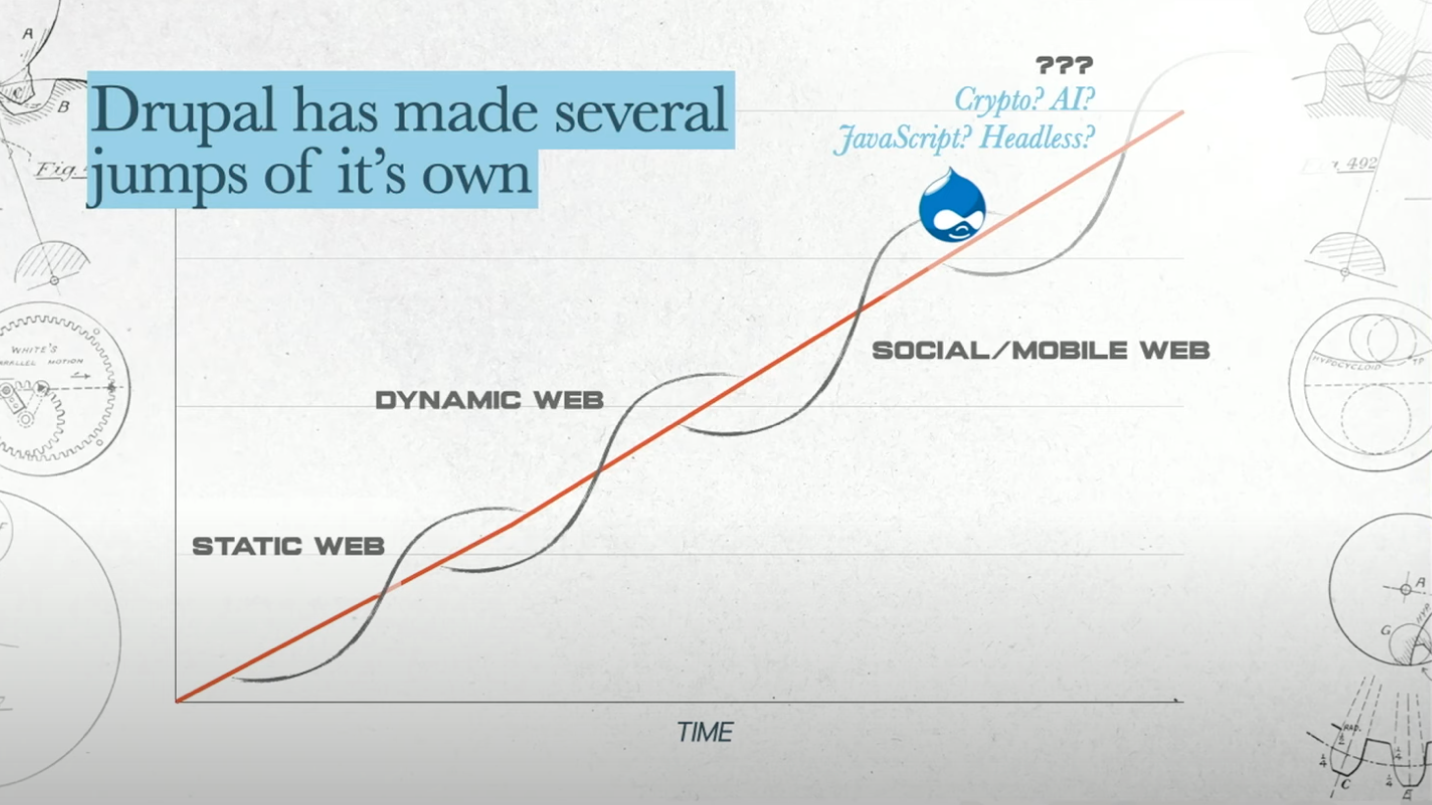
Of course, no one does. But as such a fundamental early adaptor of open-source software, Dries might have a good nose for the future. And once he was off the stage, he doubled down on one of his bets. “I think AI is here to stay,” said Buytaert. Not only that, but he believes the technology could be used to speed along a much larger hypothesis which Dries calls “The Big Reverse of the Web.”
First explained in a 2015 blog post, Dries described the current “pull” system of informational exchange by which the web works: someone gets on a search engine, types in keywords, and scours the results until they’re satisfied or they give up. But in the “big reverse” the web will move toward a “push” structure of exchange, in which information deemed relevant is recommended and brought to the user’s attention without requiring so much energy in seeking it out. Through this process, thinks Dries, the web will become so seamless and ubiquitous that it will fade into the background – “much like electricity or our water supply.”
“ChatGPT is a good example of it. You can ask it a question and it will give you an answer, but you don’t have to go to 20 different links anymore. It will try to summarize 20 different things for you. I’m not saying it’s perfect, but
I think it’s one of these multi-decade trends where information will increasingly find you at the right times in the right formats.”
If you’re on social media, you’re familiar with the “push” format of content browsing. When mixed with profit incentives, algorithmically pushing content can become deeply problematic. Beyond that, all who attended Dr. Safiya Nobel’s DrupalCon keynote, “Algorithms of Oppression: How Search Engines Reinforce Racism”, know the ways these systems also reinforce and promote systemic injustice. Yet, Dries believes opensource philosophies could offer a better alternative.
“I really want to help build a web that is open, secure, accessible, and safe… Think about it: our children, they will grow up with a web. [It will be] a big part of their life, and probably a big part of our grandchildren's lives too.
So, how do we not only protect the open web, but also make sure that it continues to evolve in the right direction?
Because I think it would be a mistake for the web to become closed and proprietary, controlled by commercial organizations… You can see what happens on Facebook or Instagram,” Dries continues, “they’ll try to monetize it too much and they’ll abuse your data. I don’t think that’s a good thing.”
Not only that, but Dries doesn’t believe that proprietary structures have the same lasting power as open source.
“I mean there’s not a lot of [proprietary] companies that are even 30 years old, right? You have some of them… but I think open source has a better chance of existing for a while. I think we have an innovation model that is better suited for, sort of, long-term survival. It will be interesting to watch over the next decades.”
Despite recognizing the uncertainties, and even the possible evils in our digital future, Dries is not paralyzed by them. Perhaps because he is actively involved in tech, he simply believes in working toward a better future.
“What keeps me up at night…” he asks himself as he ponders my question. With an impish grin he retorts, “I would say I sleep pretty well,” and lets out a short laugh. “I think about work I have to do. It’s not necessarily bad things, but I’m always planning in my head. You know, I want Drupal to do well, so I think about things we need to do, whether it’s in the Drupal Association or the community… it could be anything.”
Finally, I wondered what type of power or influence the rising popularity of Drupal may have given its founder in society at large. But that’s not the case, Dries says. In fact, he doesn’t describe it as being about him at all.
“I think Drupal has a lot of influence. The result is not that we get some kind of seat at a table – the result is that other people look at us and ask, ‘how does Drupal do this?’ I think we inspire people. There’s not many open source projects that can organize a 1,500-person conference twice a year; not a lot of projects that have 50,000 plugins, or that have figured out how we can collaborate with more than 10,000 people. It’s all very special, and amazing.”
Related Event Sessions
Disclaimer: The information provided about the interviewee has been gathered from publicly available resources. The responsibility for the responses shared in the interview solely rests with the featured individual.
Note: The vision of this web portal is to help promote news and stories around the Drupal community and promote and celebrate the people and organizations in the community. We strive to create and distribute our content based on these content policy. If you see any omission/variation on this please let us know in the comments below and we will try to address the issue as best we can.



